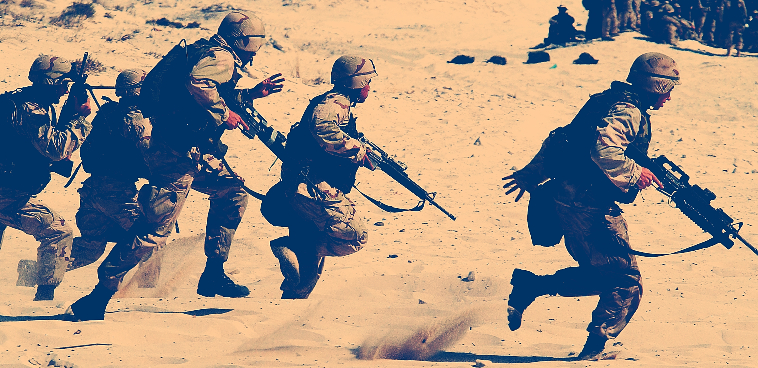Every employee wants clarity and certainty in their jobs. One thing we teach managers is to set clear expectations and communicate them directly. Such thoughts are the basic principles of management.
That today in our time of the pandemic, economic fragility and social injustice have completely upended such normalcy. Yet, the need for clarity exists. Few of us like working in ambiguity. And so that’s where organizational resilience enters.
Gareth Tennant, a member of the Future Strategy Club, says that organizational resilience relies upon planning for the unexpected and gaming the outcomes. For Tennant, a one-time Royal Marine (now a reservist), such practices are not wholly theoretical.
Tennant, whom I first encountered in the workplace column of The Economist, tells the story of an encounter with Somali pirates the occurred off the coast of Yemen in 2010. Royal Marines, akin to US special forces personnel, are assigned specialized jobs involving maintaining security in hostile territory.
As Tennant told me in an interview, the pirates were disarmed but sought to overwhelm the three Marines in the skiff with them in a moment of panic. The situation turned from calm to bedlam in less than a minute. “We talked through how things might change, what scenarios we might find ourselves in … from having to go lethal and having casualties through all of these different scenarios.”
What could have been a disaster with casualties resolved itself with the quick-witted thinking of one of the Marines, who fired a warning shot into the water.
Tennant explained that while that exact scenario had not been rehearsed when the unexpected happened, the Marines reverted to their training and dealt with the situation quickly and safely without casualties. That is a form of organizational resilience.
Applying lessons in civilian life
Today in his civilian role as a strategist, Tennant helps companies deal with the unexpected. Again, while few companies could have foreseen the impact of a pandemic, those organizations that did respond positively did so because they had a culture that enabled them to respond to the crisis because they prepared themselves for the unexpected.
Stressing testing assumptions through a process known as “red teaming,” a technique borrowed from the military, enables a company to evaluate its strategic intentions by subjecting them to several different variables, such as market forces, competitors, or economic changes.
Tennant embraces the concept of “divergent thinking.” As he says, “It’s not predicting the future.” It is a process that enables a team responds to a range of future scenarios, allowing and empowering people to adapt those response plans as they find themselves confronted with the reality.”
A leader’s resilience
Organizational resilience rests on the ability of its leaders to be resilient themselves. Their resilience may come from their life story but also from how they perform in times of crisis. How do they conduct themselves when the pressure sets the example for how their team responds. When the leader maintains composure, the group maintains order. Conversely, when the leader flails, team cohesion frays.
Essential, too, is a sense of humility. “A key attribute of leadership,” says Tennant, “is being humble enough to accept that you don’t have all the answers all the time, and you can turn to your team and get those answers.” You must be “humble enough to try things and accept that you’re going to make mistakes. It’s how individuals and teams learn.”
In times of adversity, no one has all the answers. You need the entire team to coalesce. A leader who is willing to embrace alternate views, especially those not his own, is one who can engage the hearts and minds to pursue new courses of action.
Clarity in the face of ambiguity may be elusive, but leadership in the face of adversity helps provide the resilience an organization needs to survive.
John Baldoni is a globally recognized executive coach and leadership educator. Inc.com ranked John a Top 50 Leadership Expert and Top 100 leadership speaker. Trust Across America awarded John its Lifetime Achievement award for Trust and Global Gurus ranked him No. 9 on its list of Top 30 leadership experts. John is the author of 14 books, including GRACE: A Leader’s Guide to a Better Us.
If you enjoyed this article, sign up for SmartBrief’s free e-mails on business leadership and HR, among more than 200 other free industry-focused newsletters.
